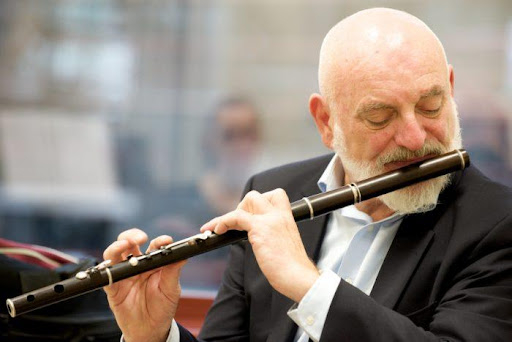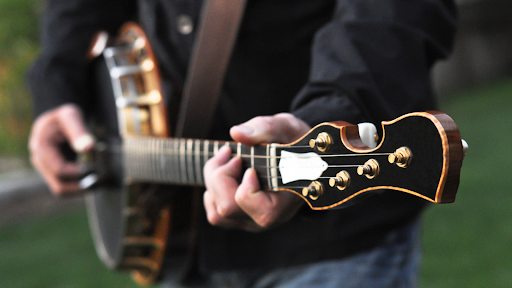Posts Tagged: Folk Instrument


How to Learn the Irish Flute
This is the first question every beginner asks when learning the Irish flute. Is it possible to play just a few tunes at your home without becoming dizzy? Or participate in a session. Or perform my first concert.
As you might have guessed, the answer isn’t always as simple as a yes/no. It depends on many factors, just like any other decision. Here are some tips to help you decide if Irish Flute is right for you.
Let’s start by clearing the air. The term “Irish flute” can sometimes refer to different instruments. This article is about the Irish wooden flute (or transverse flue), and not the Irish penny whistle, which most people call an “irish pipe”.
When you first pick up the Irish Flute, the ergonomics (or un-ergonomics) will be what you notice. What makes you feel comfortable with this strange instrument? How do I hold it?
You will soon be able to recognize the right position after some trial and error and some reading on this blog.
You’ll also notice the spacing between your fingers, which may feel like a stretch. This is just the beginning. Once you explore other keys, you will meet other beasts (enter Bb flutes realm).
The spacing of your fingers on the Irish flute is dependent on how your hands are positioned, but you can still stretch your muscles. You won’t see results in as little as a few days, just like with any exercise. Take your time. You may have some difficulties at first but you will soon see the rewards. Once you reach that point, it’s permanent.
Is it difficult to learn the Irish flute? It takes some time, but it is possible.
Are you dizzy while playing? Are you out of breath? Are you finding it difficult to complete the sentences? It’s okay, we’ve all been there. There’s nothing to be worried about.
Although breathing plays an important part in Irish flute, it doesn’t require a marathon gold medal to play a tune. It’s all about adapting your style to suit your abilities.
You’ll notice that older flute players tend to play shorter lines in order to catch their breath more often. This gives them a distinct rhythmic style. Your rhythm can be broken or made.
The point is that you will stop feeling dizzy as you become more experienced. It will usually disappear after a few months. A more focused embouchure will help you be more efficient and produce more notes. You will also learn how to breathe correctly to fit the rhythm. Although it will take some time to learn how to breathe, it is not difficult. Keep going!


Buying a Banjo: What to Look For, What to Avoid, and What You Should Do
A banjo is a unique instrument. It can be equipped with a wide range of features that are tailored to specific playing styles. This article will discuss which type of banjo suits your music and whether you need a resonator. We’ll also talk about the quality of instruments made by different brands.
Traditional banjos can have four or five strings. The most popular banjo is the five-string model. They are well-suited to playing Bluegrass and Folk Music. As you move along the neck, most string instruments can be tuned from low to high. The drone string on the 5 string banjo is located in the middle section of the neck and is tuned higher than other strings.
Although the 4 string banjo is also known as Plectrum banjo, it doesn’t have a drone. Because of its bright tone, the 4 string banjo can be strummed using a guitar pick (plectrum). It is common in Dixieland bands.
Banjos can have 6 strings. However, it is not clear whether these instruments are considered banjos. The 6 string banjo can be tuned just like the guitar and has a similar sound to the banjo. However, the membrane drumhead acts as the soundboard.
The 6 string banjo has been replacing the 4 string banjo in the Dixieland band, due to its ease of use for jazz guitarists and the additional sound it makes. The majority of techniques that produce the “folk-banjo” sound depend on the unique tuning of the 5-string instrument. These techniques cannot be achieved on the 6-stringed banjo.
You can buy new banjos starting at $200. Fender, Epiphone and Deering are all reliable brands.
The Deering Goodtime Two is recommended if you’re ready to invest in the instrument and have a serious commitment to learning the banjo. The instrument is approximately $700 new. However, you may be able find a used instrument for less than $500.
The Ibanez B50 is a great beginner instrument and costs only $300.
